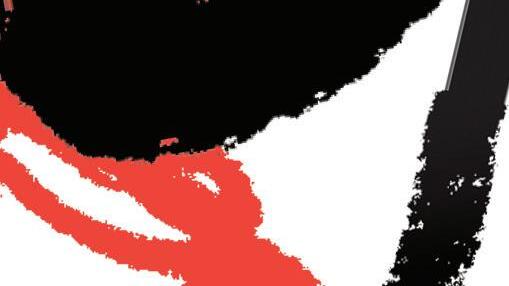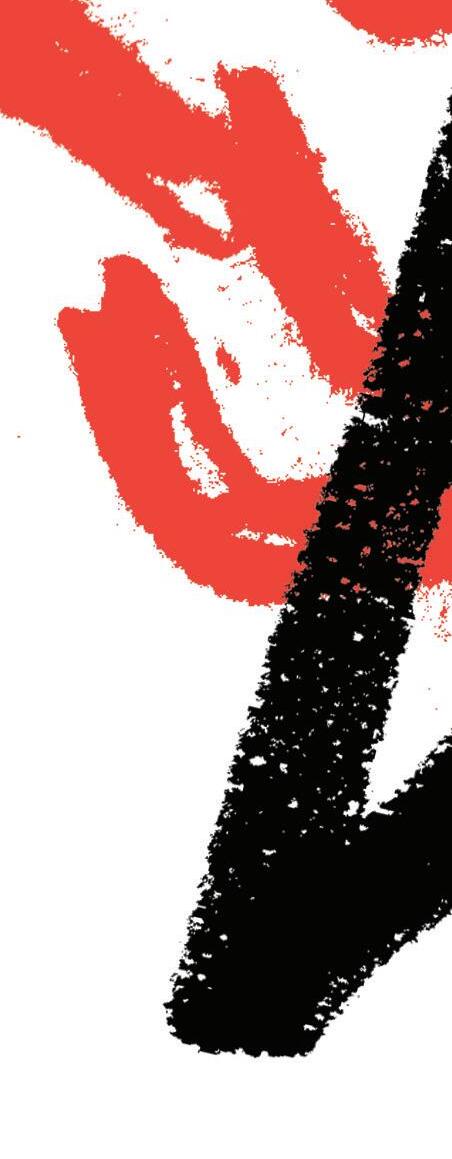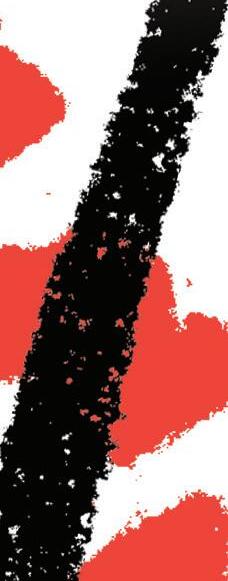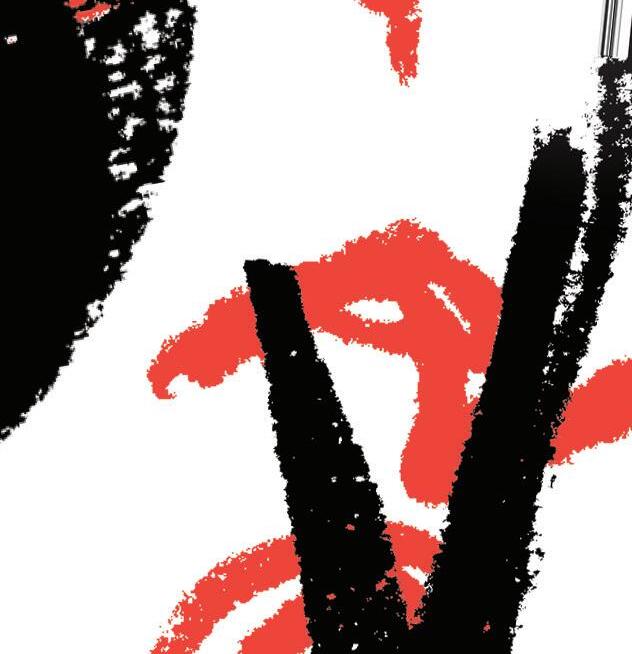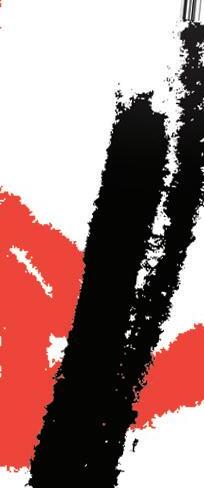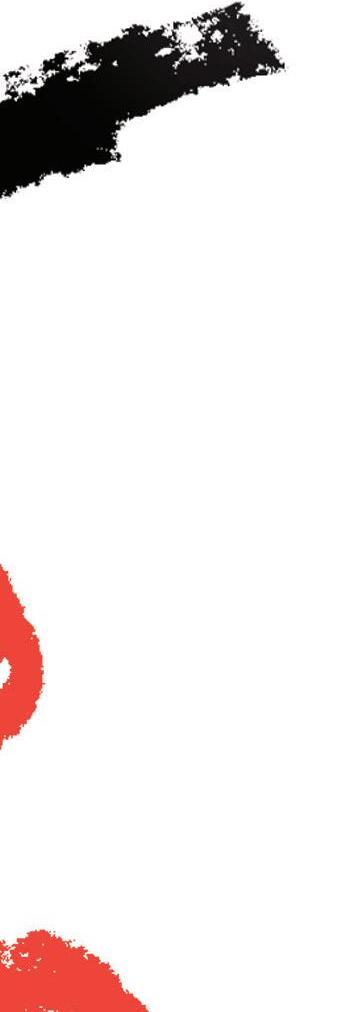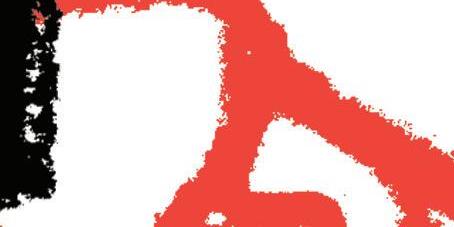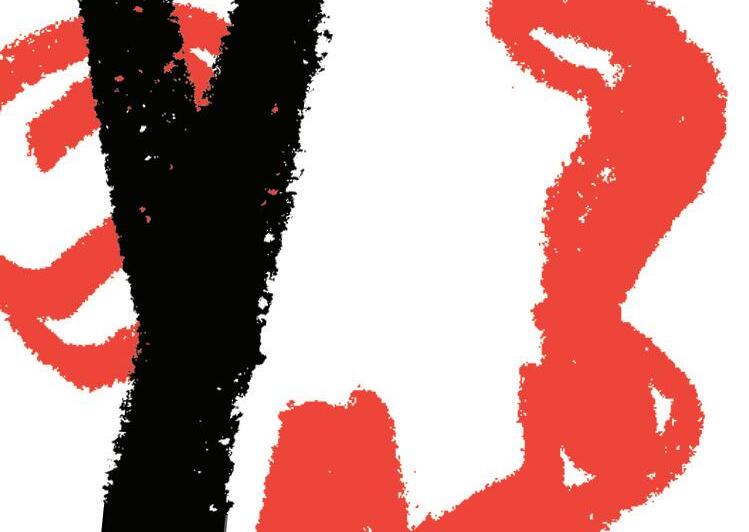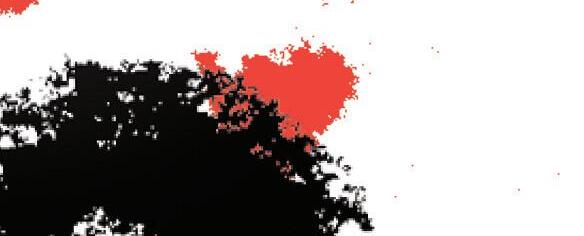










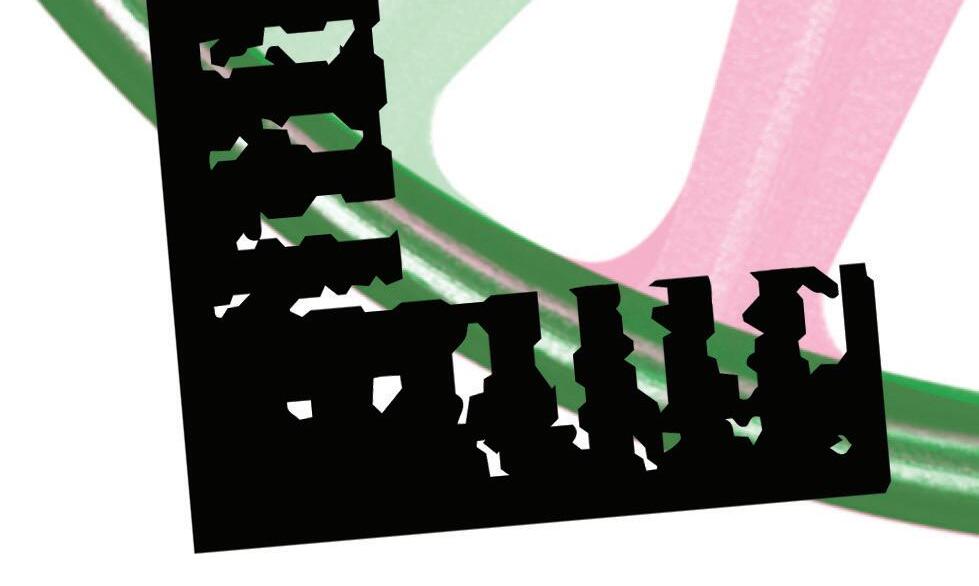







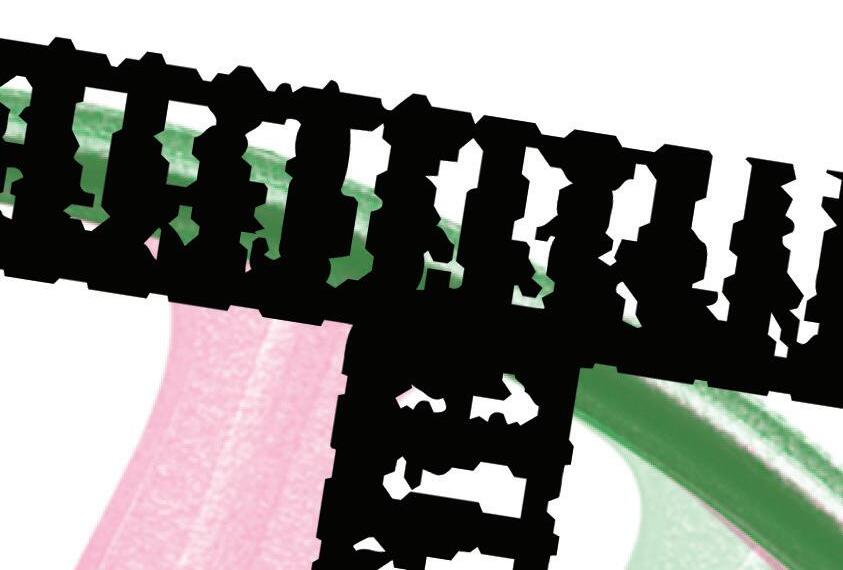






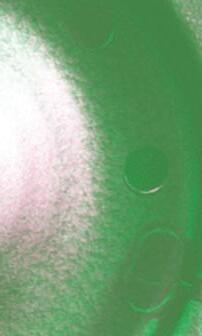






































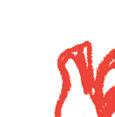

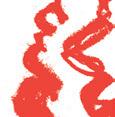















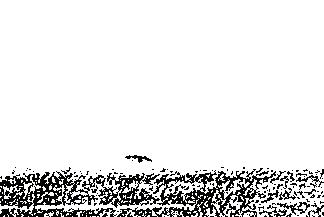
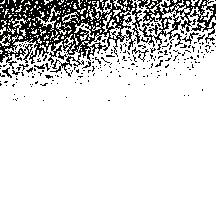





















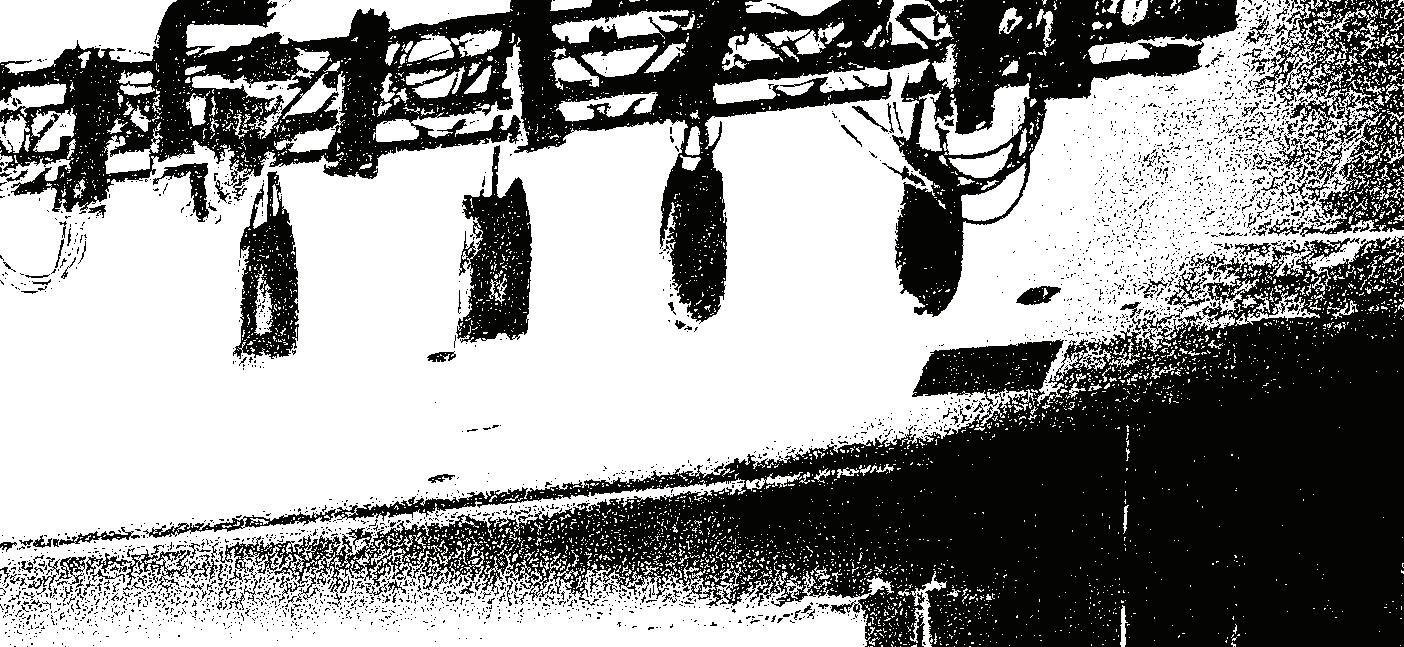




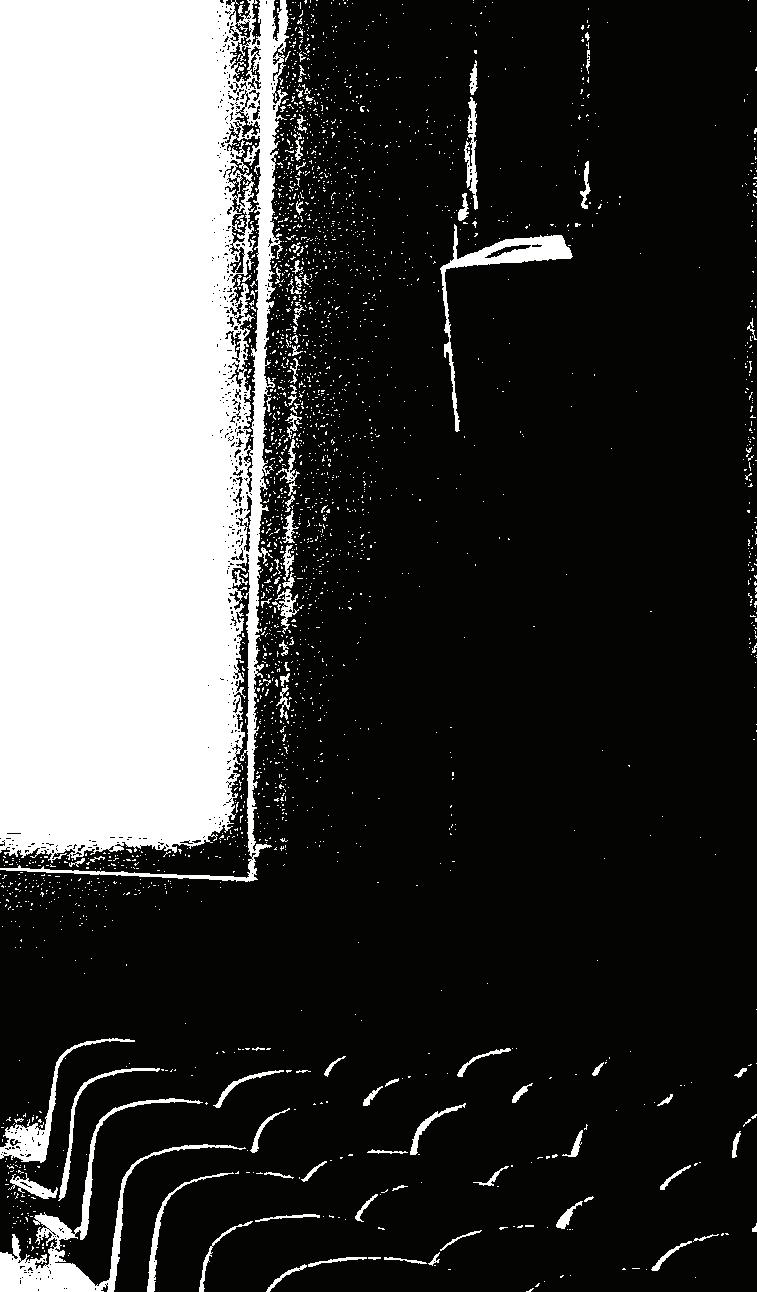
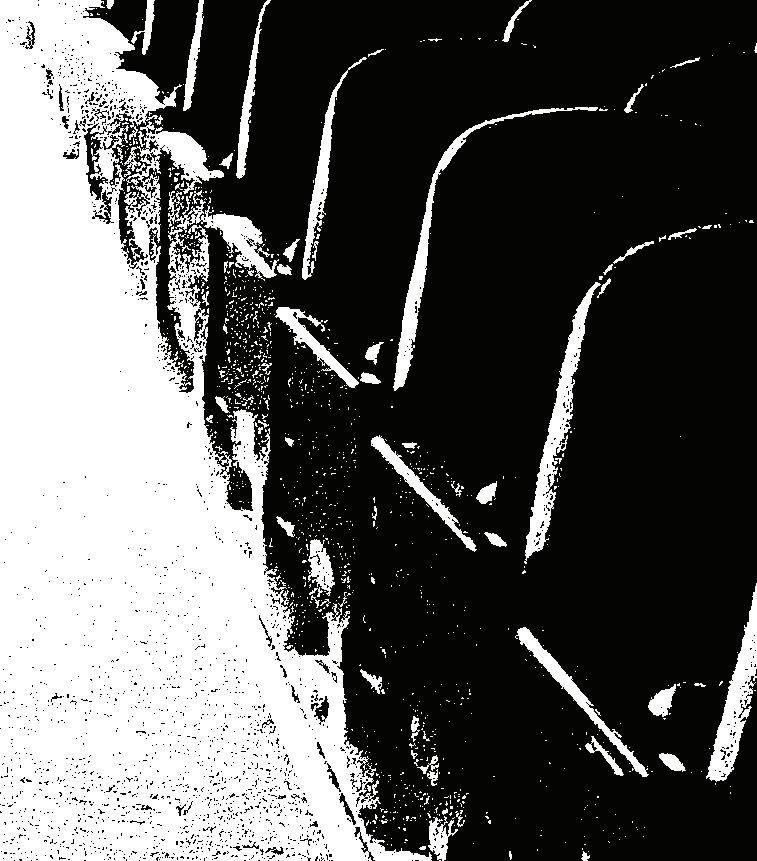
says Vincent Burich. “They’re beautiful, but they’re odd.” The beasts in question are two Kinoton projectors of an unknown age and unusual engineering used for showing 35 mm film on the Silas screen of SVA Theatre. Vincent is their wrangler—er, I mean—the Theatre’s technical director.
Ultimately, Vincent—long-haired, trucker hat–clad, and amused by an “Alls they do” that wriggles into his speech at one point—is a true film lover. By “film lover,” we mean the old-fashioned celluloid strips wrapped around metal reels that rumble and click through the Kinotons, adding a rhythm section to the white-noise whir of the projection booth. But he loves movies, too.
The two German-made projectors originated from The Times Center, never having been used before, which is really rare. While they are capable of playing both 35 and 70 mm film, they don’t have all the requisite parts to play 70 right now. The Kinotons would strike most projectionists as strange because of a quirk in how they operate: a loop (the loops keep the film moving at 24 frames per second) that goes backward. And that backward motion is unusual enough that Vincent has to warn anyone new to working with the machines. Projectors go two by two: while a reel plays on one of the machines, the next reel is loaded into the other one (a process referred to as “threading”), and it’s a projectionist’s job to make the transition from one reel and projector to another as seamless as possible.
Despite all the teen rom-coms that would have you believe the projection room is an unlocked, easy-access makeout spot, no one should be in the booth unless they’re working. During a movie, Vincent can run the booth by himself. Projectionists usually arrive two hours before the show to do tech screenings and check that the film and equipment is in working order.
Experience has proven to be the best educator for Vincent, who mostly learned how to work with film on the job at SVA and now, thanks to his expertise, even gets hired to handle film at other venues. Vincent considered taking the New York City projectionist license test earlier in his career, but when he asked for study materials, he received a copy of a 1935 manual. That’s how little the projector has changed over the past century.
“You can really perfect an art,” says Vincent, who considers operating the analog machines an art form compared with the newer digital technology. Digital evolves so rapidly that it requires constantly learning something new rather than diving deeper into something as consistent as the film projector. What was the most exciting film screening at SVA Theatre? Maybe the recent Tribeca Festival showing of Martin Scorsese’s personal print of his 1997 movie Kundun about the early life of the Dalai Lama. What was the oldest piece of film Vincent has screened? He’s not sure of the actual age, but it moved at only 18 frames per second, so that’s like early-silent-cinema old. What was Vincent’s most stressful projection experience? Probably the 1996 Hamlet starring Kenneth Branagh on 70 mm (at a non-SVA theater). The movie came on more than 20 reels, some as short as six or seven minutes, which means Vincent felt like he was running a marathon to keep the projectors threaded and the film screening seamlessly. Why so little on each reel? It’s best to have the changeover point at the least interruptive moment, so think a quiet shot of a landscape. The audience is more likely to notice the change from one reel to the next if it happens between “To be” and “or not to be.” Since Shakespeare tended to be heavy-handed with the dialogue, it probably made for a tricky story to discreetly split into reels. If you’re still



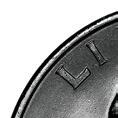







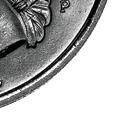

you know . . . ?
Some movie studios utilize salt mines because they are a great natural environment for storing and preserving film.

70 mm reels can weigh up to 600 pounds.
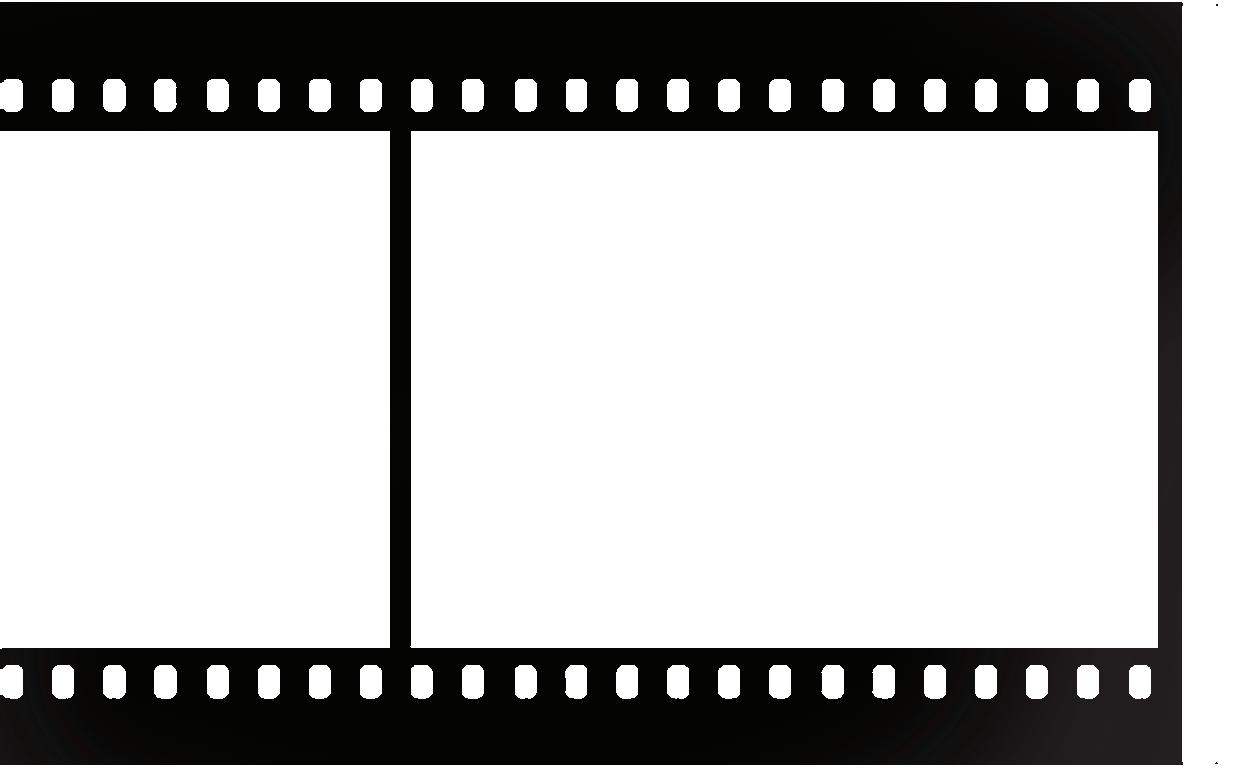


with us, you might be wondering why anyone cares about film anymore at all. Is there really a difference between digital and film? Vincent had a unique experience playing Christopher Nolan’s 2023 Oppenheimer on 70 mm in what he called a “canyon-like” projection booth, long and narrow, machines lined up on either side. On one side, the windows looked onto Vincent’s film screening. On the other side, the same movie played on digital. Side by side, perhaps no difference was immediately discernible, but I once heard someone describe film as having a “fleshy” quality. I know, it sounds gross, but it’s an evocative description. While digital can be manipulated in beautiful, innovative ways, film will always feel warm, painterly, full of the human touch, much like vinyl or handmade art. [LV]



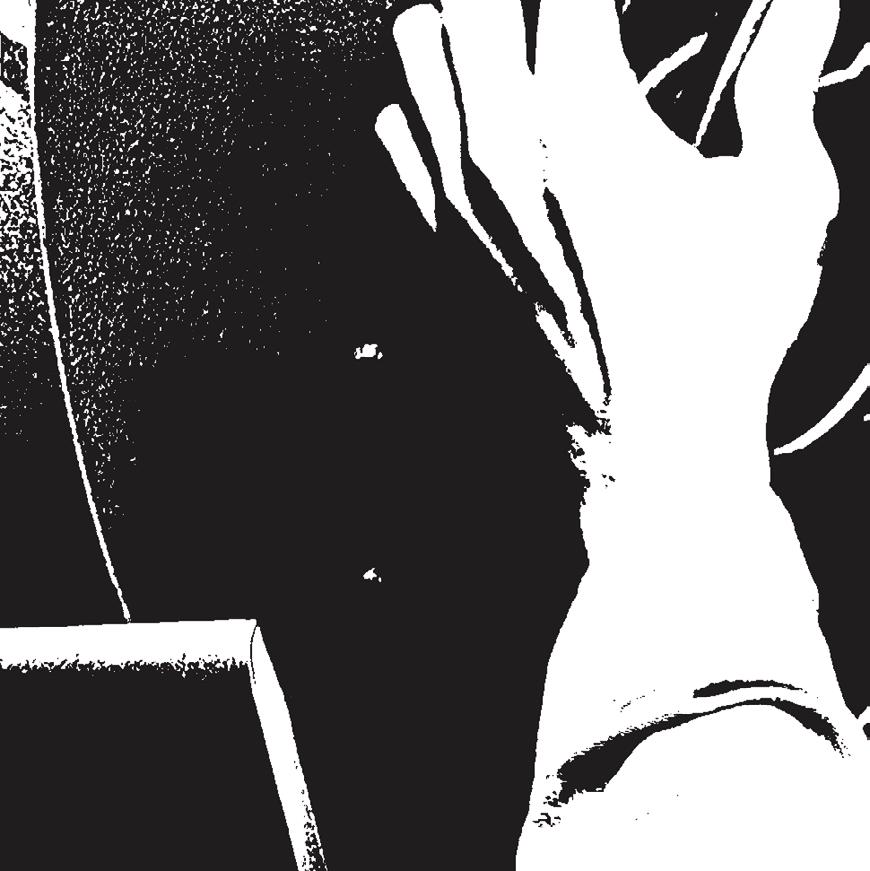


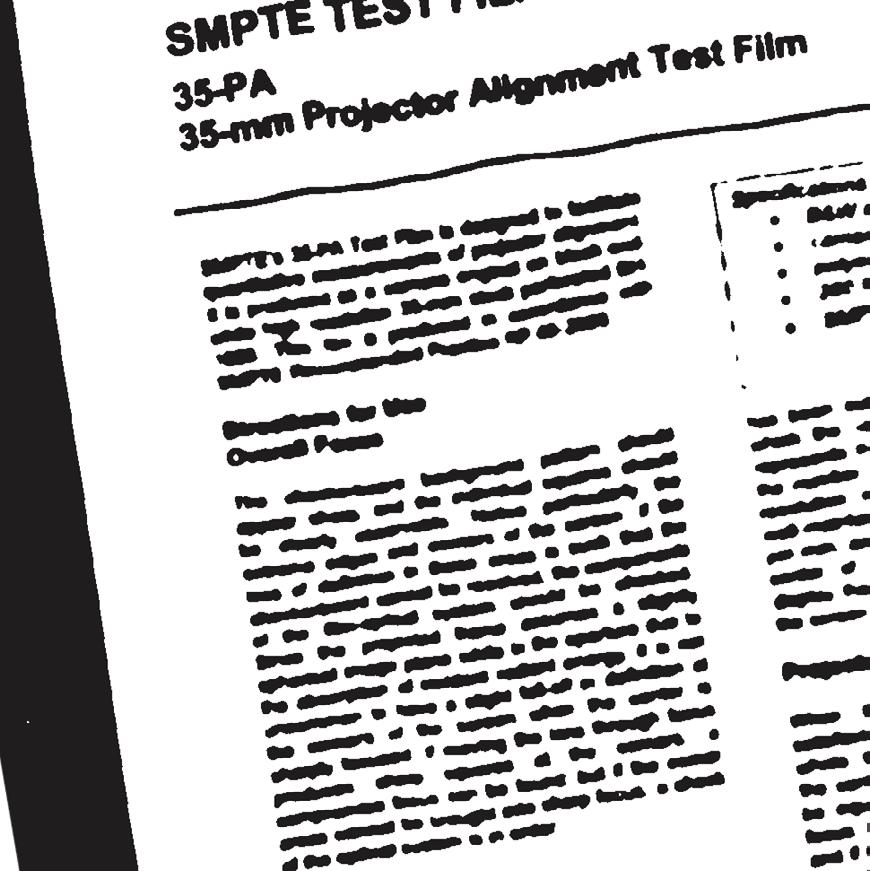




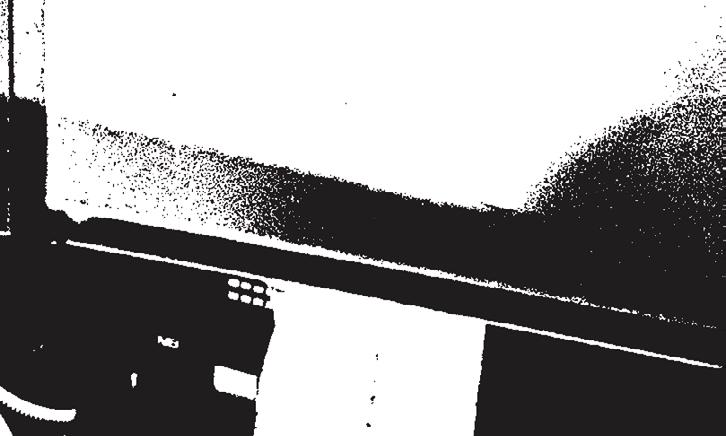




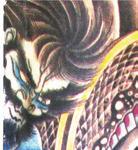


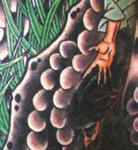
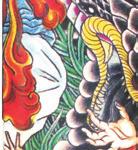
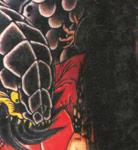
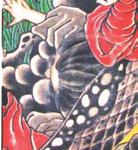
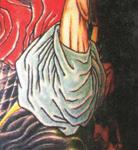

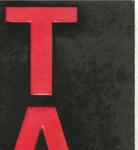
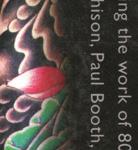
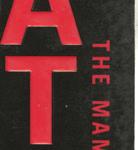




BY



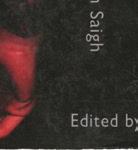

This tome itself is not just mammoth, the world’s top tattooists featured in its pages are heavyweights of the industry themselves. Thanks to artists like SVA alumnus Spider Webb, tattoos have blossomed into an art form, making the business a much more widely respected career path for artists.






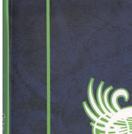














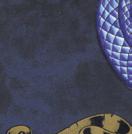
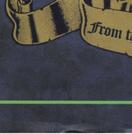




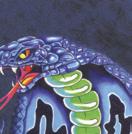
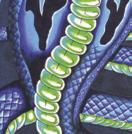
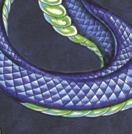
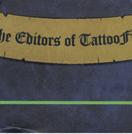







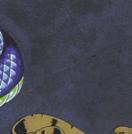



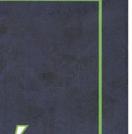
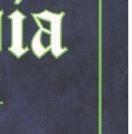
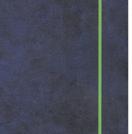

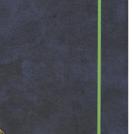
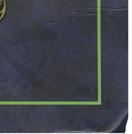
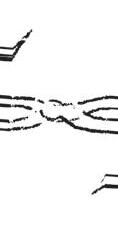

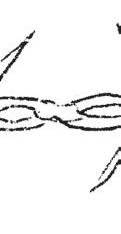



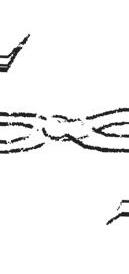



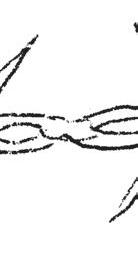
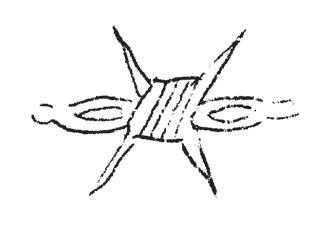


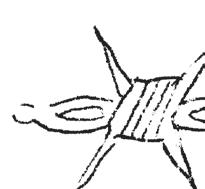
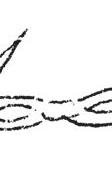
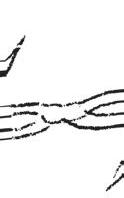


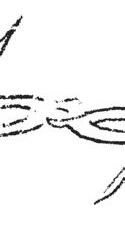
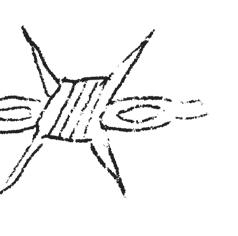
















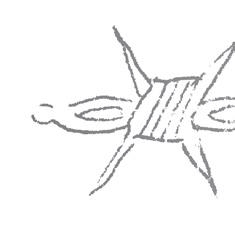
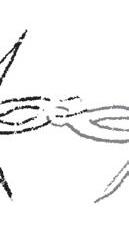






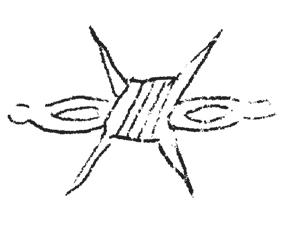




Learn how Russian criminals are ranked by their tattoos! From “grin” to “chummy devil” motifs, this strange book reveals how ink can tell a life story and reveal the sociological workings of a subculture. This series stands at the intersection of illustration, journalism, and the prison system. Designed by FUEL, a graphic design and publishing company, the minimalist and modern aesthetic of the book is as inspiring to the emerging artist as the tattoos themselves.




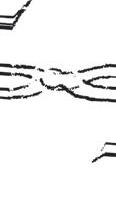

Do you really want that tattoo?
The editors of tattoofinder.com give you all the right questions to ask yourself when deciding to invest in body ink. The book’s explanations of the most classic tattoos will help you choose meaningful art or give a budding artist iconic material to reference and inspire original design.
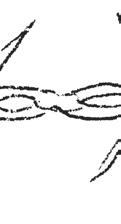






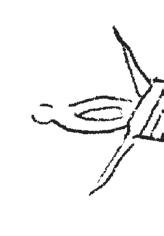



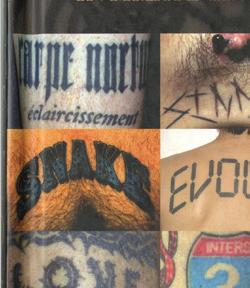
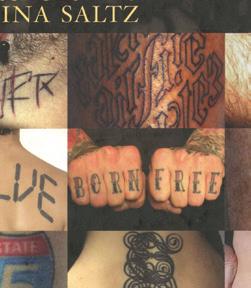



BY INA SALTZ ( 2006 )
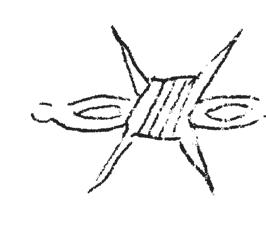













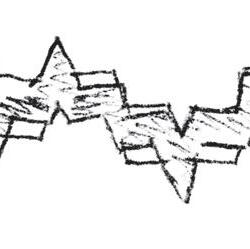
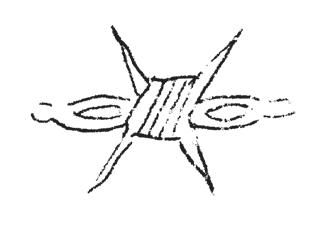

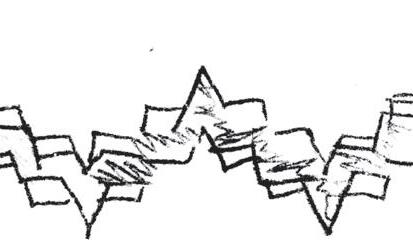
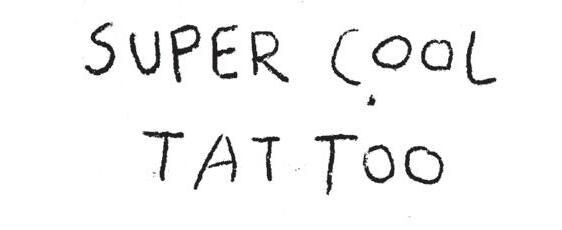





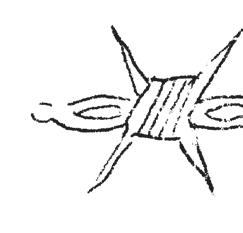


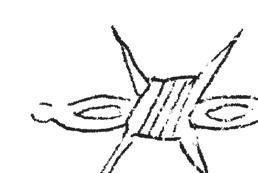



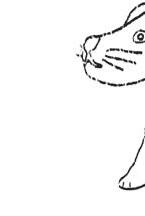
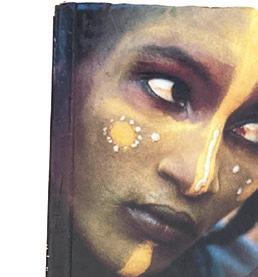
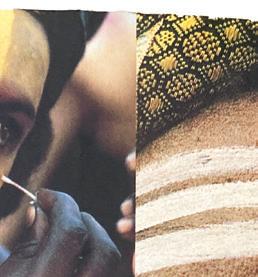

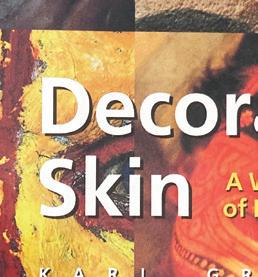








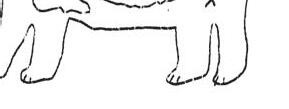
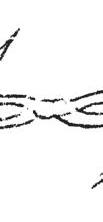



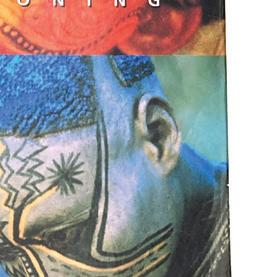













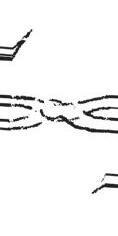




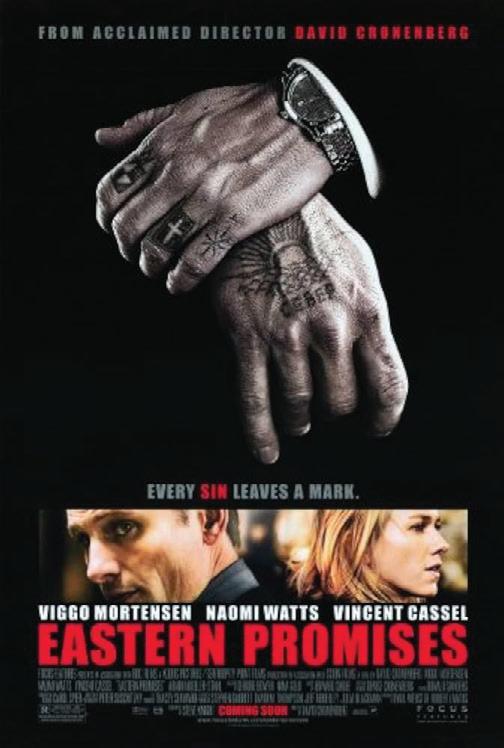




In this collection of words inked on the body, Ina Saltz weaves a personal story of logos, satire, and song lyrics. The carefully curated imagery stems from Saltz’s background as a designer and typographer. These images highlight the level of craftsmanship that goes beyond a design education and has the ability to live forever. Fun fact from these pages: The Harley-Davidson logo is one of the hardest logo types to tattoo. The designer interested in typography should be on pins and inky needles in anticipation of getting their hands on this book.





Need to add more lore to your next character? Terisa Green, an archaeologist and tattoo expert, has an informative, in-depth guide to hundreds of popular and niche symbols, from ancient Chinese iconography to biker tattoos. Bring that extra dimension to your character before you start that next D&D campaign.



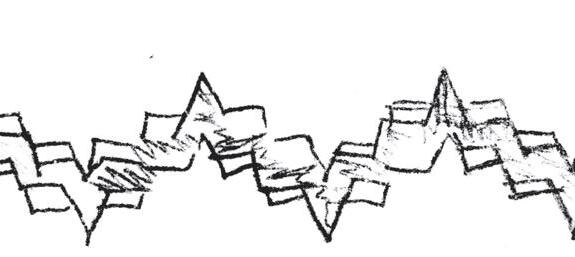
Spanning Indigenous body art to punk DIY designs, author Karl Gröning covers 10,000 years of history. This collection of photographs dives into the global cultural experiences behind body art as much as it celebrates the designs themselves.
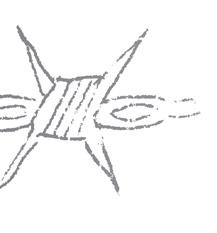








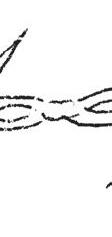
Movie makeup artist might be as unique an application of an art degree as tattoo artist. For David Cronenberg’s 2007 movie Eastern Promises, effects makeup specialist David Stoneman had to ensure the film’s accurate portrayal of tattoos. Guess what he used for research? Russian Criminal Tattoo Encyclopaedia

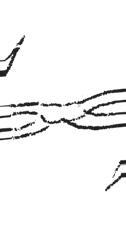







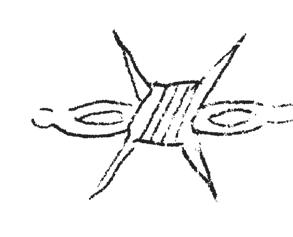












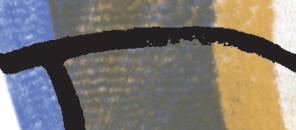








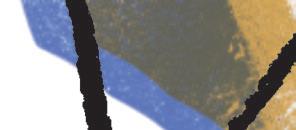




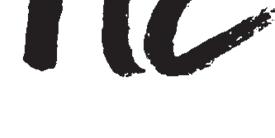
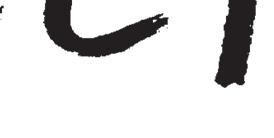



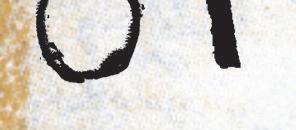









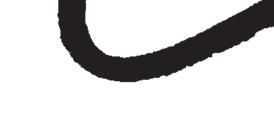
















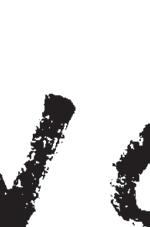











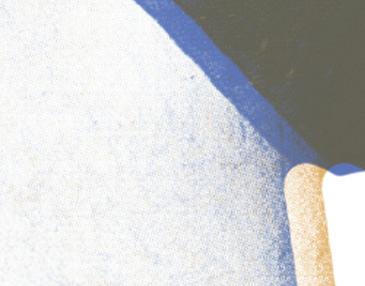












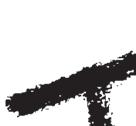

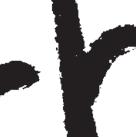




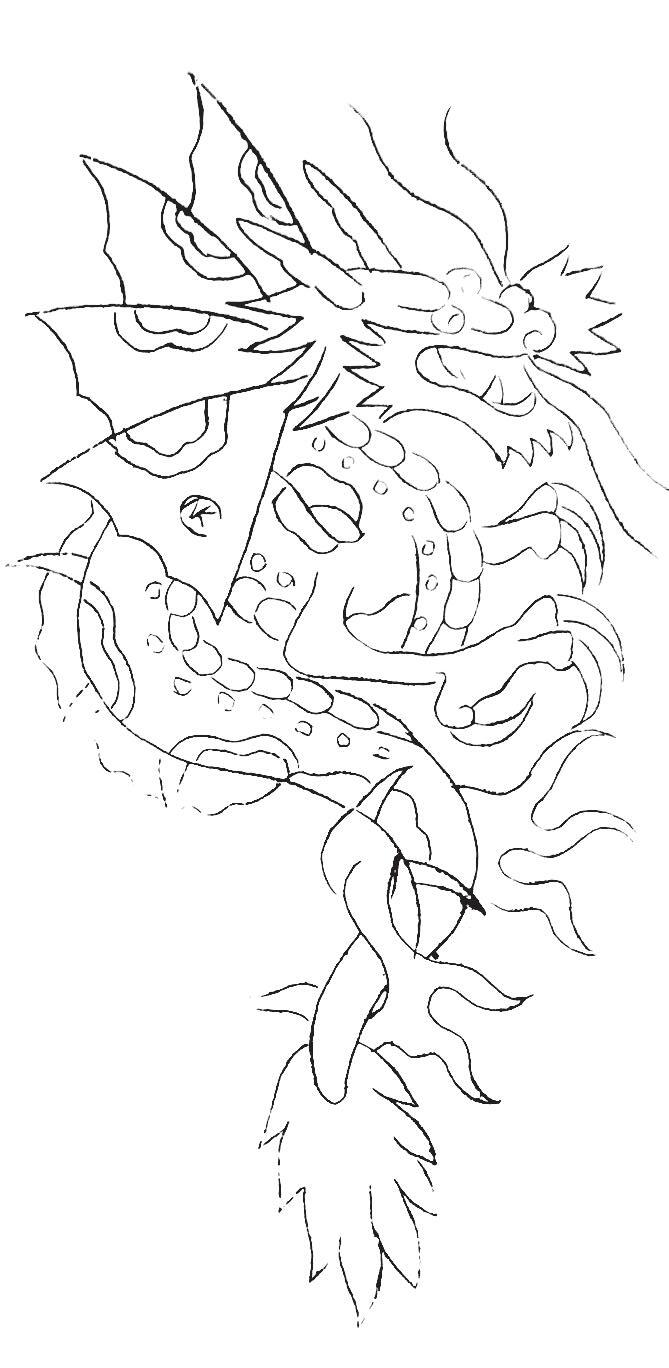

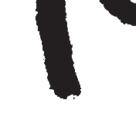



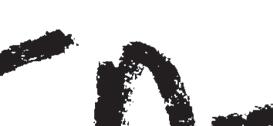



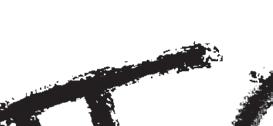
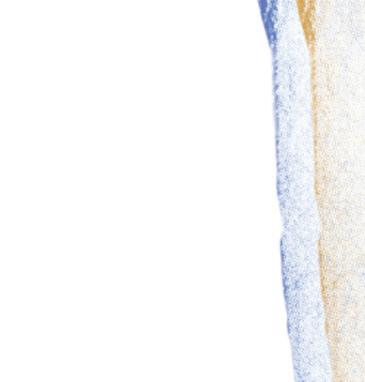





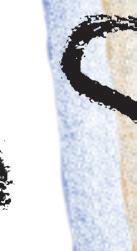
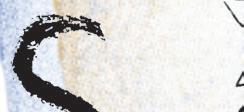
A popular ta oo among sailors, the swallow symbolizes a safe return home. Sailors recognize their own journeys across many miles and oceans in the swallow’s own migration. One legend is that, if a sailor dies at sea, the bird will carry their soul to heaven.
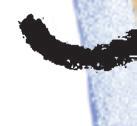
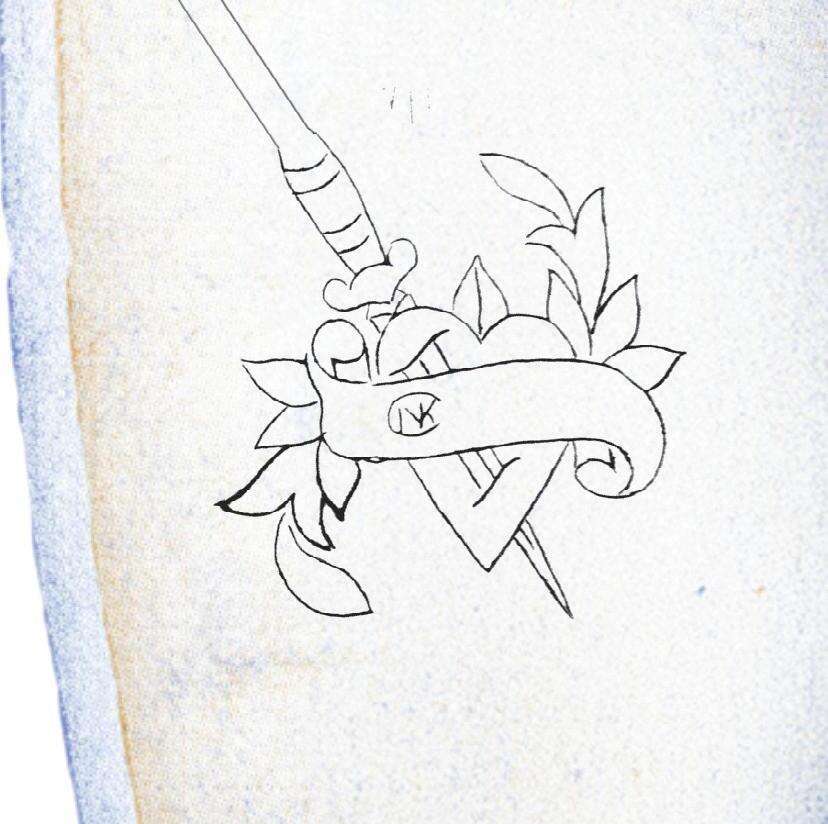
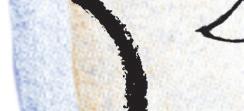

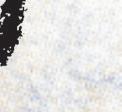
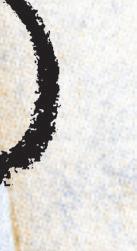





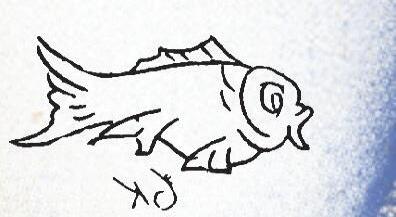



BThe original artist behind this tattoo is Ole Hansen, known as the king of tattooers in Denmark. There is no direct meaning behind this image, but Hansen himself has a wild backstory. It’s said he went to sea at 14 and became a tattoo artist by the time he was 18. He would tattoo throughout World War II and eventually go on to put his art on the King of Denmark, Frederick IX.
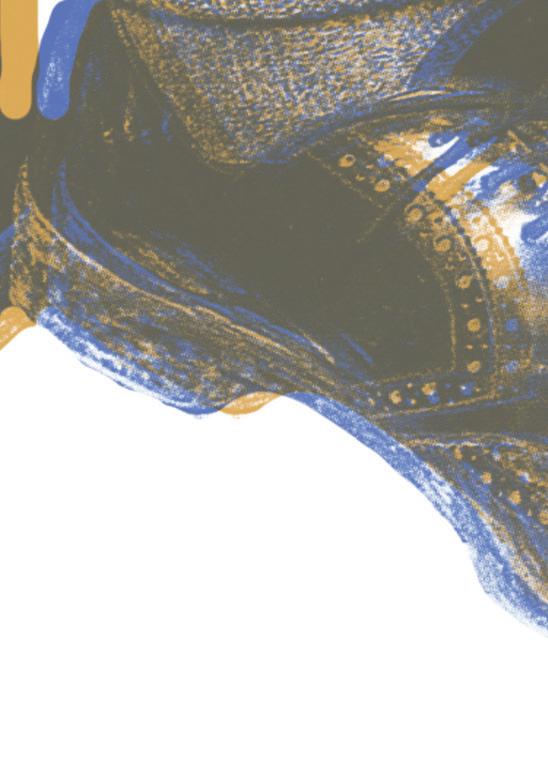
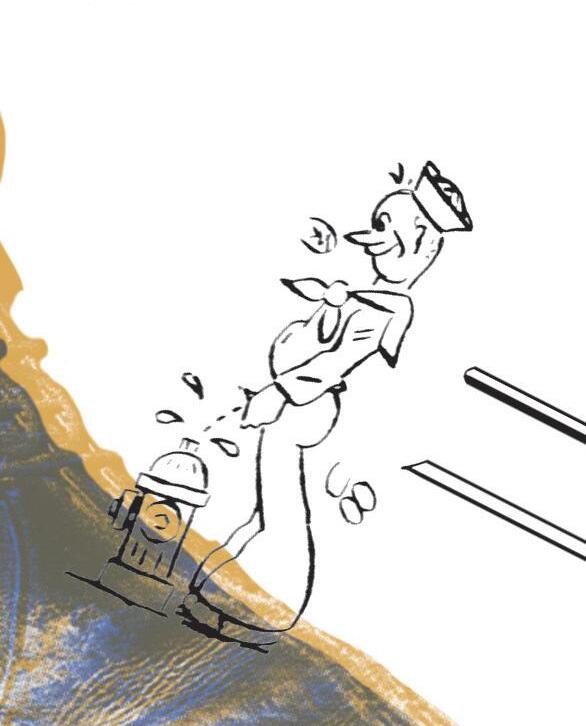














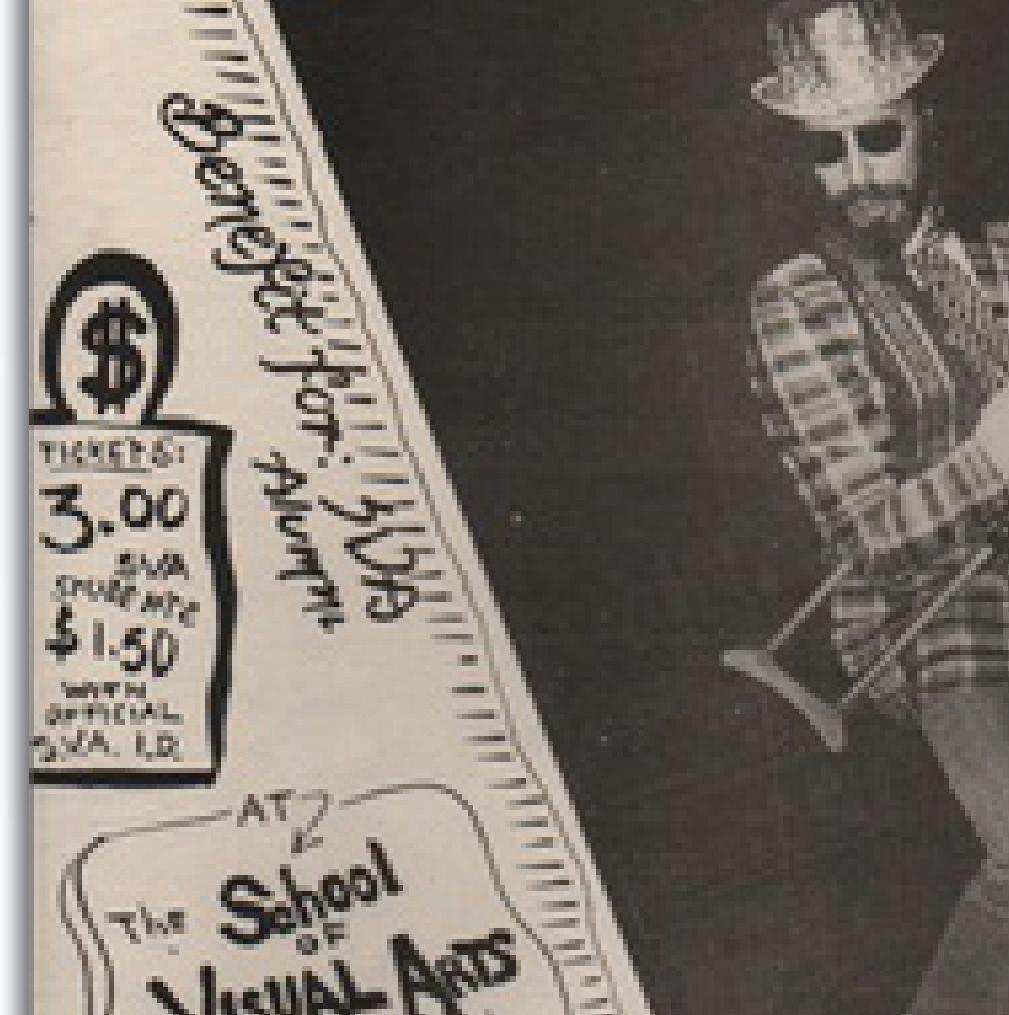

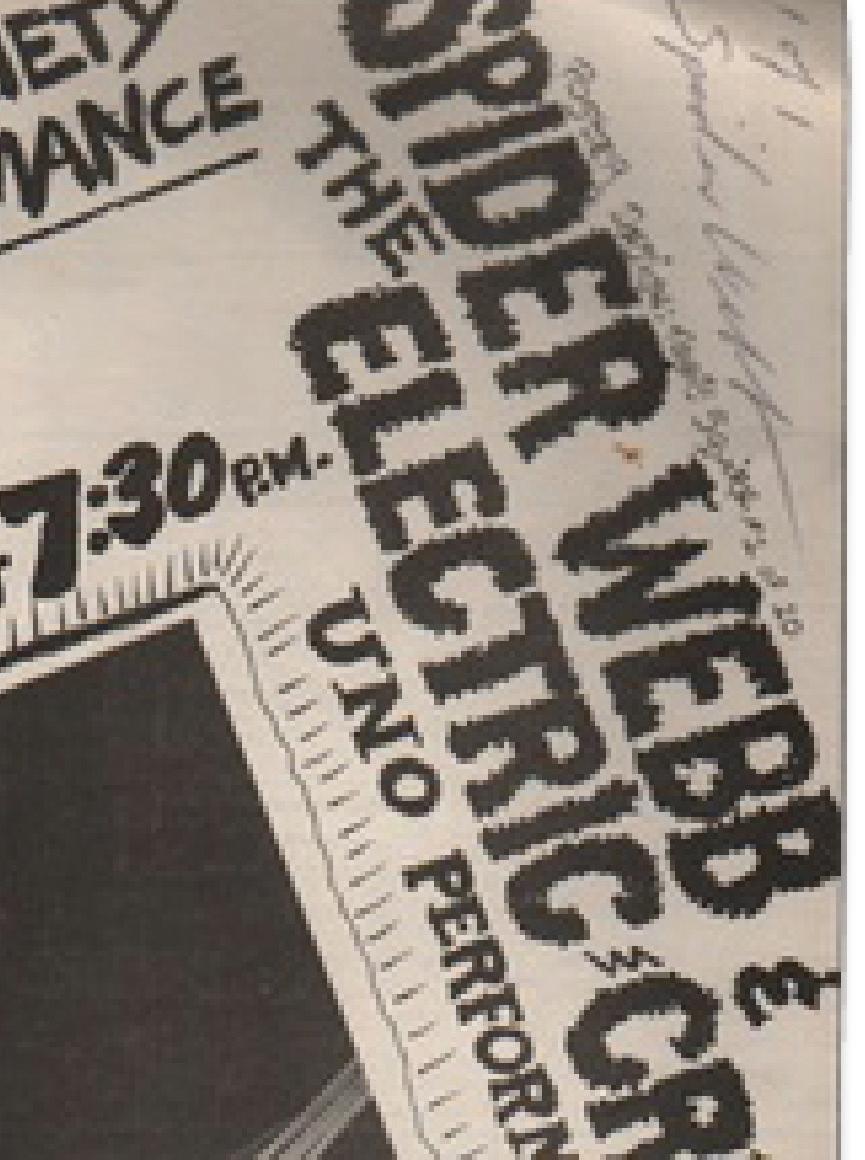





Did you know ta oos were illegal in New York City from 1961 until 1997? Claiming tattooing to be a form of expression protected by the First Amendment, alumnus and artist Spider Webb fought against this law by doing tattoo art in front of The Museum of Modern Art and later The Metropolitan Museum of Art. The locations point to another important role Spider played in the New York art world: He suffused tattoo art with fine art sensitivity. In Spider Webb’s 2022 obituary in The New York Times, Neil Genzlinger writes that Spider “was part of a generation that brought serious art credentials to tattooing and helped it shed the disrepute that surrounded it in the middle of the last century, elevating it to acceptability and even chic.”

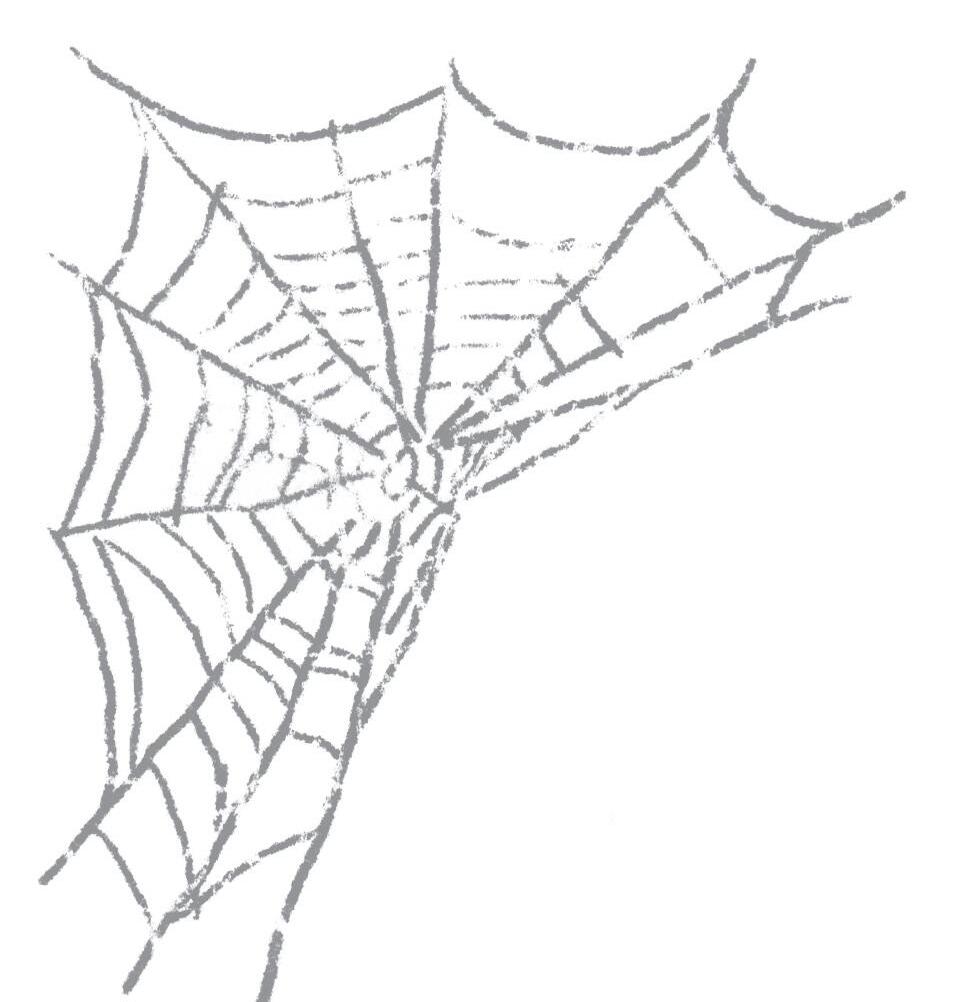



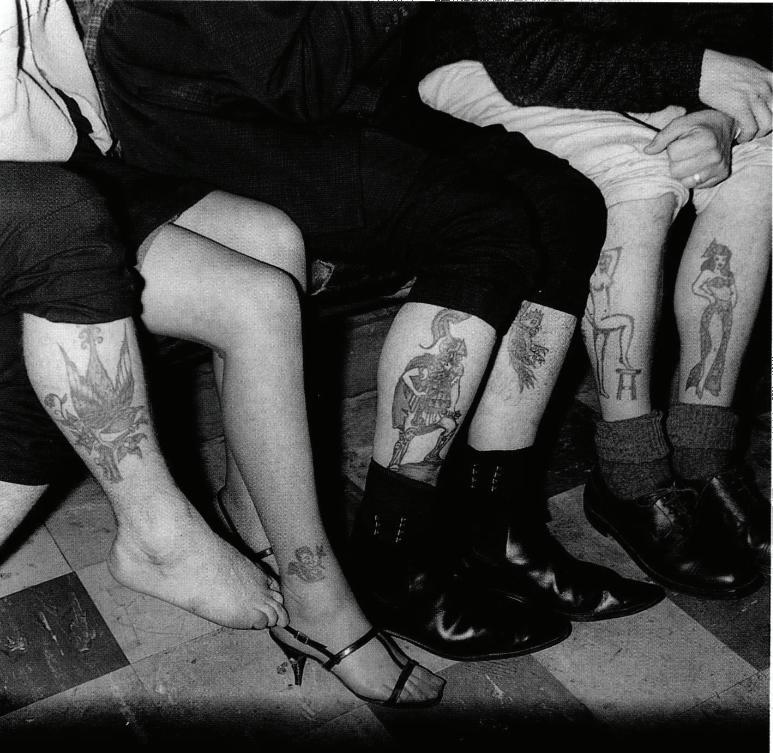
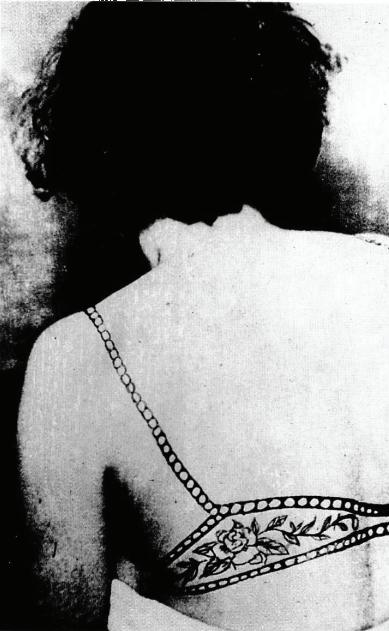
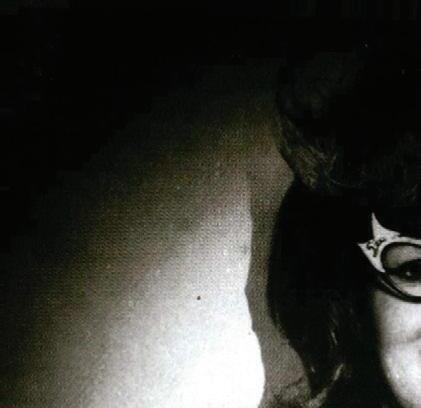

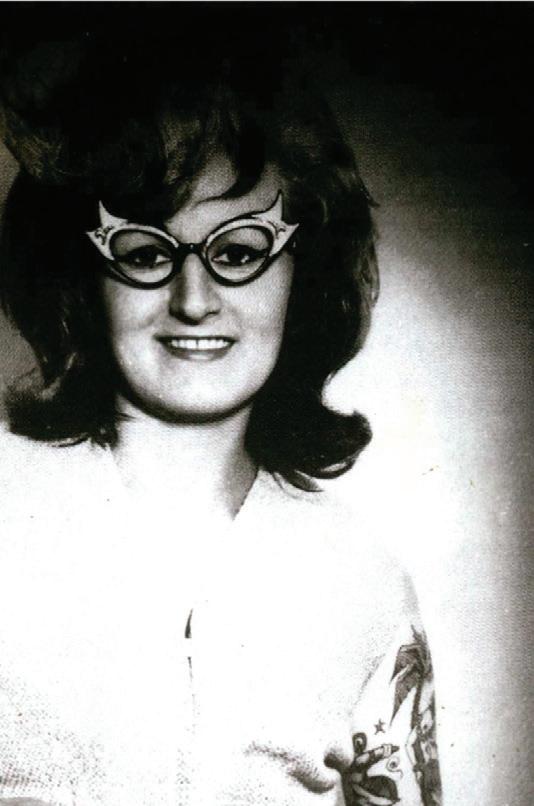

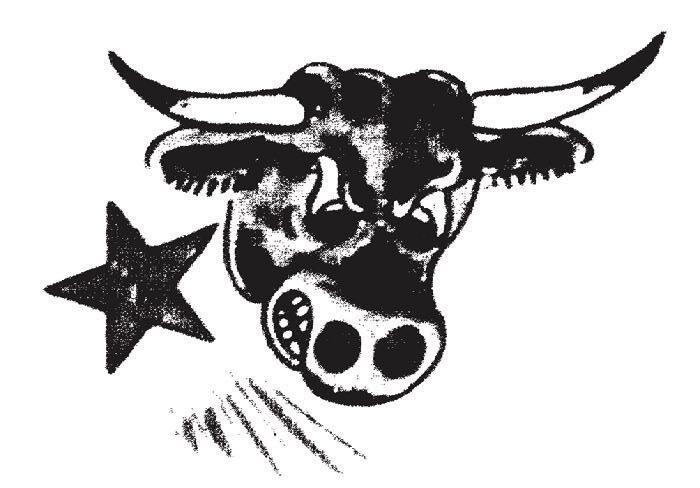

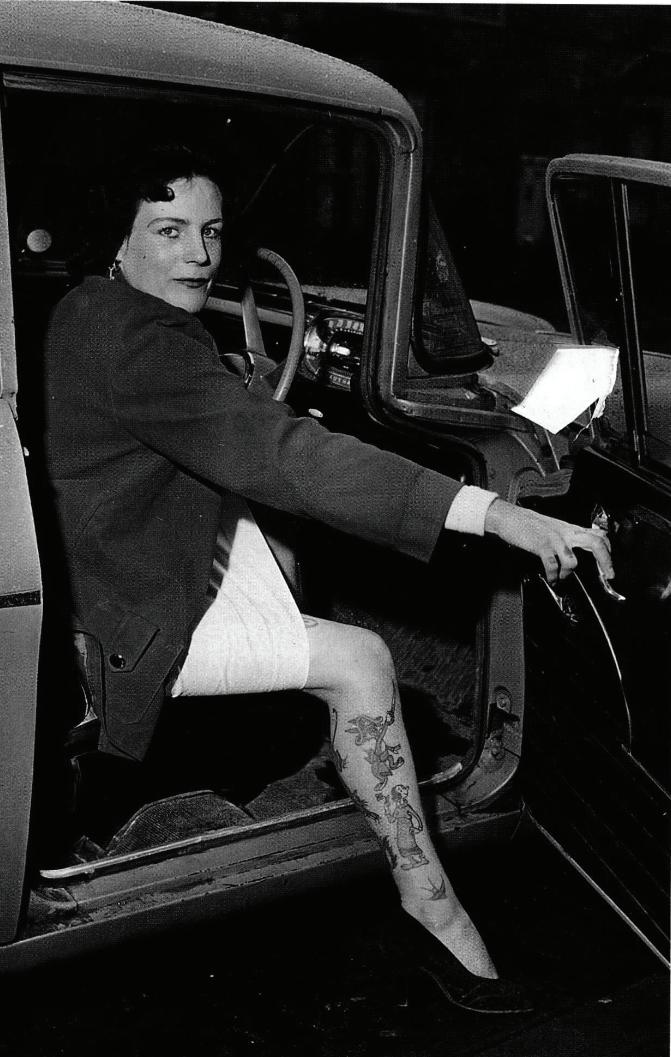

SVA is home to something most art schools can’t offer: the Picture Collection. It is located in the Main Library, and it houses over 300,000 images all curated into over a thousand topics by our expert librarians. Visiting the Picture Collection is encouraged by academic chairs who want to push their students to go deeper than a Google search and discover more unique reference imagery. If you need more tattoo inspiration, the collection includes five body art folders organized by style and era. ♦
“I WAS HERE” IN THE DUST OF A COMPUTER OR PHONE SCREEN.
As the hand finishes the last “E”, the “I” is already disappearing beneath a translucent beetle—one of many spectral insects seemingly born of the powdery coating. This image comes from the modestly sized 2023 oil on canvas by Vanessa Powers, which appears in the 2025 juried exhibition “Wavelengths.”
It’s hard not to hear echoes of “I was here” in exhibition designer Fana Feng’s statement that “a unique sense of return” pervades the SVA Chelsea Gallery during the annual Alumni Affairs show. Fana explains, “Many of these artists exhibited at SVA Galleries during their student years, and now they’re coming back with work that has grown significantly.” The School of Visual Arts offers a special experience for students: the opportunity to show work in a gallery space for students and established artists alike, open to the public, and in the midst of some of the most reputable galleries in the world. Fana sees her role as one that “creates a new relationship between [the alumni artists’] practices and the gallery space. It’s exciting to reintroduce their work with fresh context.”
In Glory, Powers, who graduated from BFA Fine Arts in 2013, cleverly plays with contrast. Beneath the white dust, a hazy yet vivid landscape lurks. Trees are silhouetted by a fiery sky that could
represent sunrise, sunset, or natural disaster. A humanoid figure (Sasquatch perhaps?) stands on a hilltop. The nature imagery conflicts with the screen’s implication of technology—the playing-time bar at the bottom suggests a YouTube video. The pearlescent hands hint at a human presence that is struggling to maintain control in the face of both nature and technology.
What makes Fana’s designs interesting is how she, too, plays with contrast, “how placing two artists’ works together can immediately create a kind of dialogue— visually, conceptually, or emotionally.” For instance, although completely different in style and medium, Jeong Hur’s 2024 Watchers could converse with Glory. Drawing from Korean and Western wells of inspiration, Hur’s work blends sculpture and photography. Five sets of eyes, disembodied like Powers’s hands, peer from hanji paper on wooden frames with a sixth object containing a simple stick figure reminiscent of Powers’s Bigfoot, so simple compared to the carefully rendered bodily features. As Powers explores technology and ecology, Hur engages with the analog versus the digital, and, in both of these works, the artists investigate their concerns using the motif of looking through partially obscured glass.

Perhaps taking the ideas gestured toward in Glory and Watchers to their extreme, Jing Lin’s (MFA 2018 Photography, Video, and Related Media) 2023 The Last Code cheekily uses AI to create cyborgian spins on Leonardo’s The Last Supper. But that’s not to say an obvious or simple theme permeates “Wavelengths.” Many other media and motifs grace the walls of Chelsea Gallery. “What’s inspiring me most,” Fana says as she designs the show, “is the diversity of the work and seeing how different perspectives come together in one space.”
That space serves different media and ideas well, with a large front room basking in the light from the floor-toceiling windows that open onto a balcony. Here, a sculpture like Christine L Stiver’s (MFA 2017 Art Practice) Leaves and Feathers would shine. Stiver’s whimsical construction also evokes nature, this time in the piece’s use of sticks and leaves as materials. Beyond the sunny entry space, a large, shaded room provides a more traditional museum-like area that better serves delicate works on paper. Here, you might find ShinYeon Moon’s (MFA 2017 Illustration as Visual Essay)
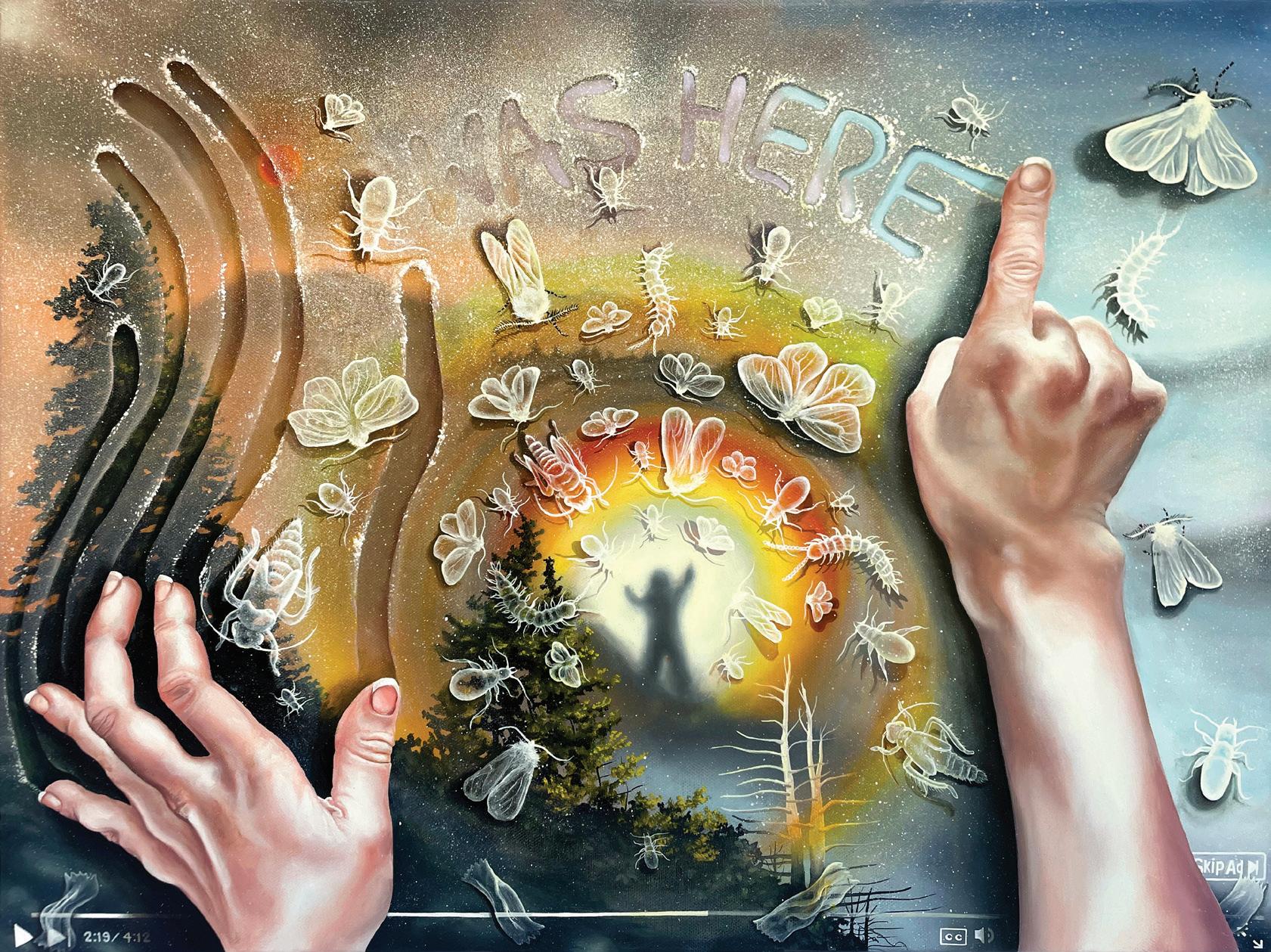
2025 Pearls, which has a bouncy, childlike playfulness that is at odds with the pearly tears splashing from the girl’s eyes. The remaining halls and niches of the gallery create more intimate moments with the art.
To navigate the design of such a large and varying venue, Fana not only uses software, like SketchUp, but also devises physical mockups. Even with technology and models, Fana and her team may still find it necessary to make changes
to the organization once all the pieces are on-site. However, they try to avoid making those changes once the art actually goes on the wall. That’s why you might see blankets or tarps on the ground during installation with the artwork on top of them, roughly arranged as they will appear once hung. “The challenge and also the fun part is creating a layout that allows each artist’s work to breathe while still maintaining a balanced overall visual in the gallery,”

Continued on next page >



“MANY OF THESE ARTISTS EXHIBITED AT SVA GALLERIES DURING THEIR STUDENT YEARS, AND NOW THEY’RE COMING BACK WITH WORK THAT HAS GROWN SIGNIFICANTLY.”

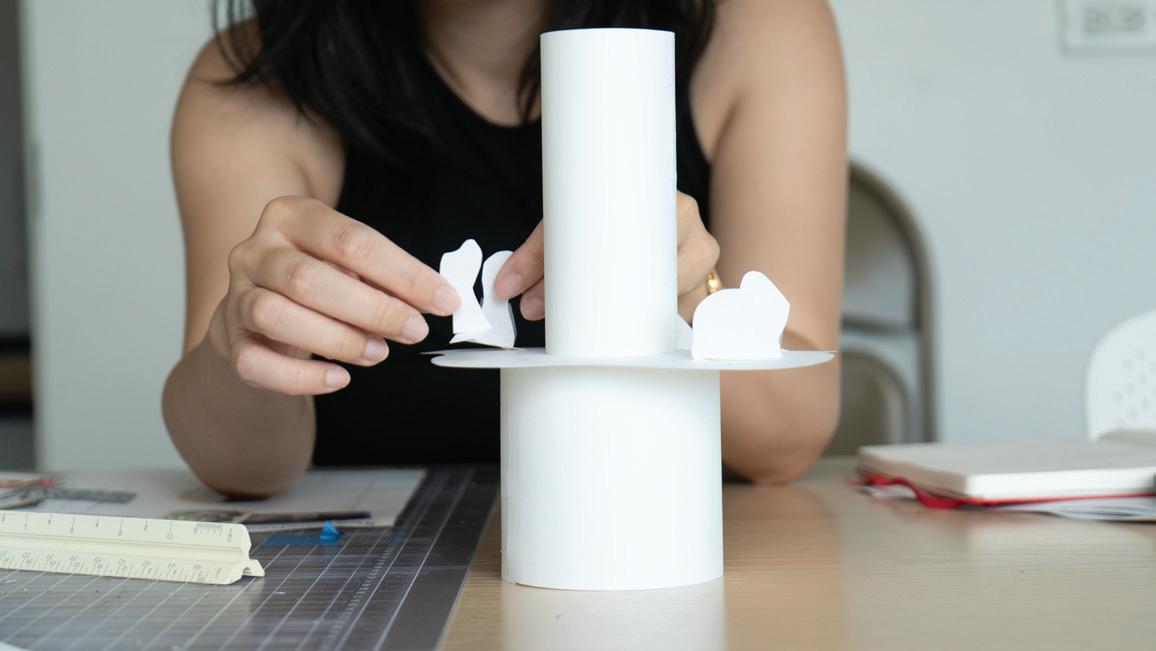

Fana says. “It’s like solving a puzzle.”
To return to Powers, a certain amount of glory has been earned by each of the 15 artists present in this show. “The aim is to give each artist the best possible presentation while still telling a collective story about our alumni community,” says Fana. Perhaps ironically titled Glory, the term implies a distinction bestowed by other humans, who seem to have a tenuous presence, observing or engaging from beyond the frame, in Powers’s work. Glory possesses a sense of movement and shiftiness that speaks to the transience and impermanence of humankind, to both the disappearance and resilience of nature in
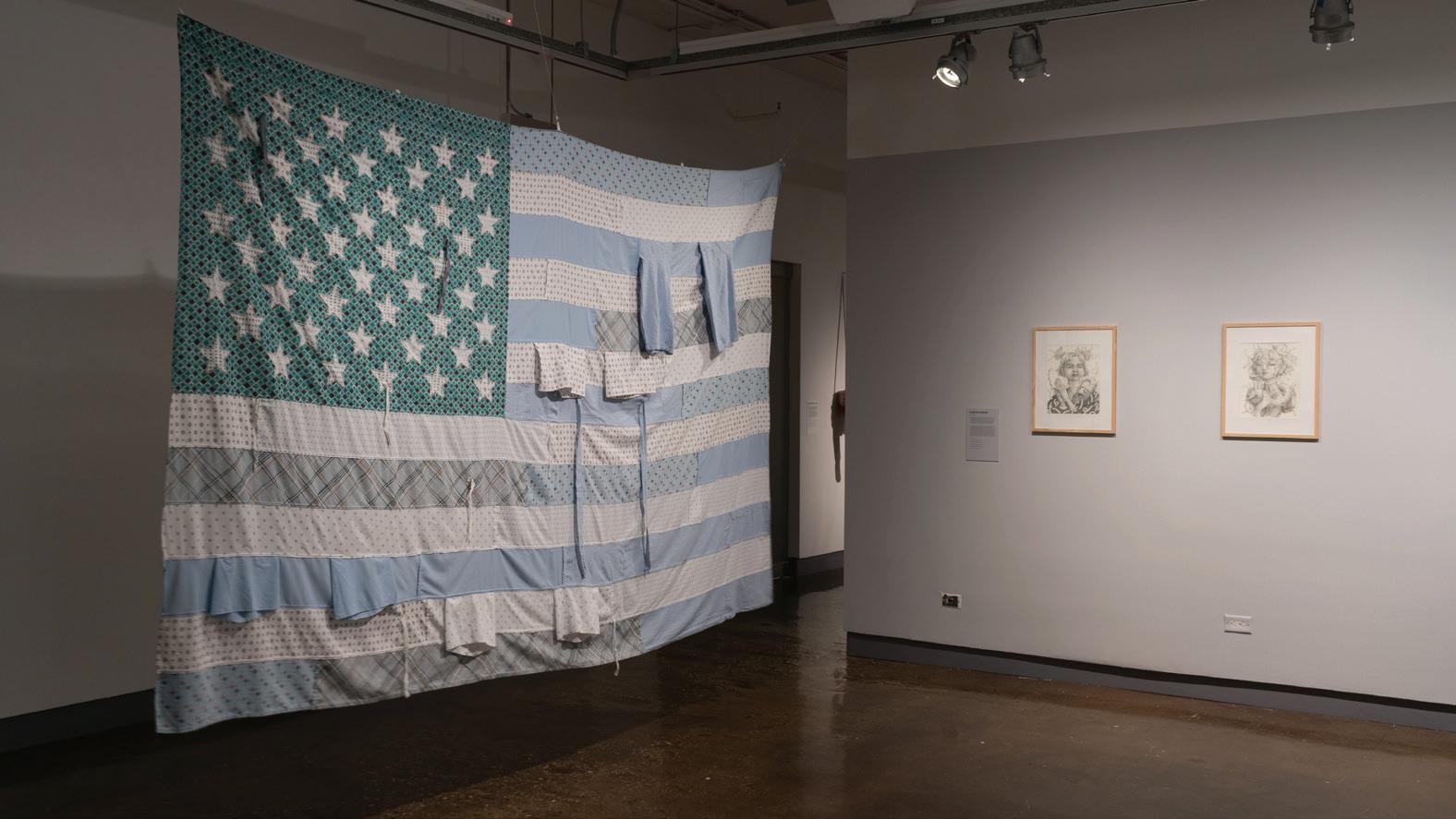

the face of commodification. If the screen, the dust, the insistence of “I Was Here,” the crawling insects do not suggest these themes clearly enough, then the “Skip Ad” button in the lower right corner brings the messaging home. Still, a sense of inspiration seeps through the work.
In this sense (the inspiring one), the transience and momentum of a wavelength also gets at something of the alum’s return to campus. Although invisible, the wavelength suggests that thread that connects the alumni network and SVA, even as they shift through the phases of their careers and legacies.
[LV]

Exhibition
“Wavelengths” will be on view at the SVA Chelsea Gallery through December 6, 2025. The gallery is free and open to the public and students Tuesday through Saturday from 10:00am to 6:00pm.
gallery@sva.edu 212.592.2145








